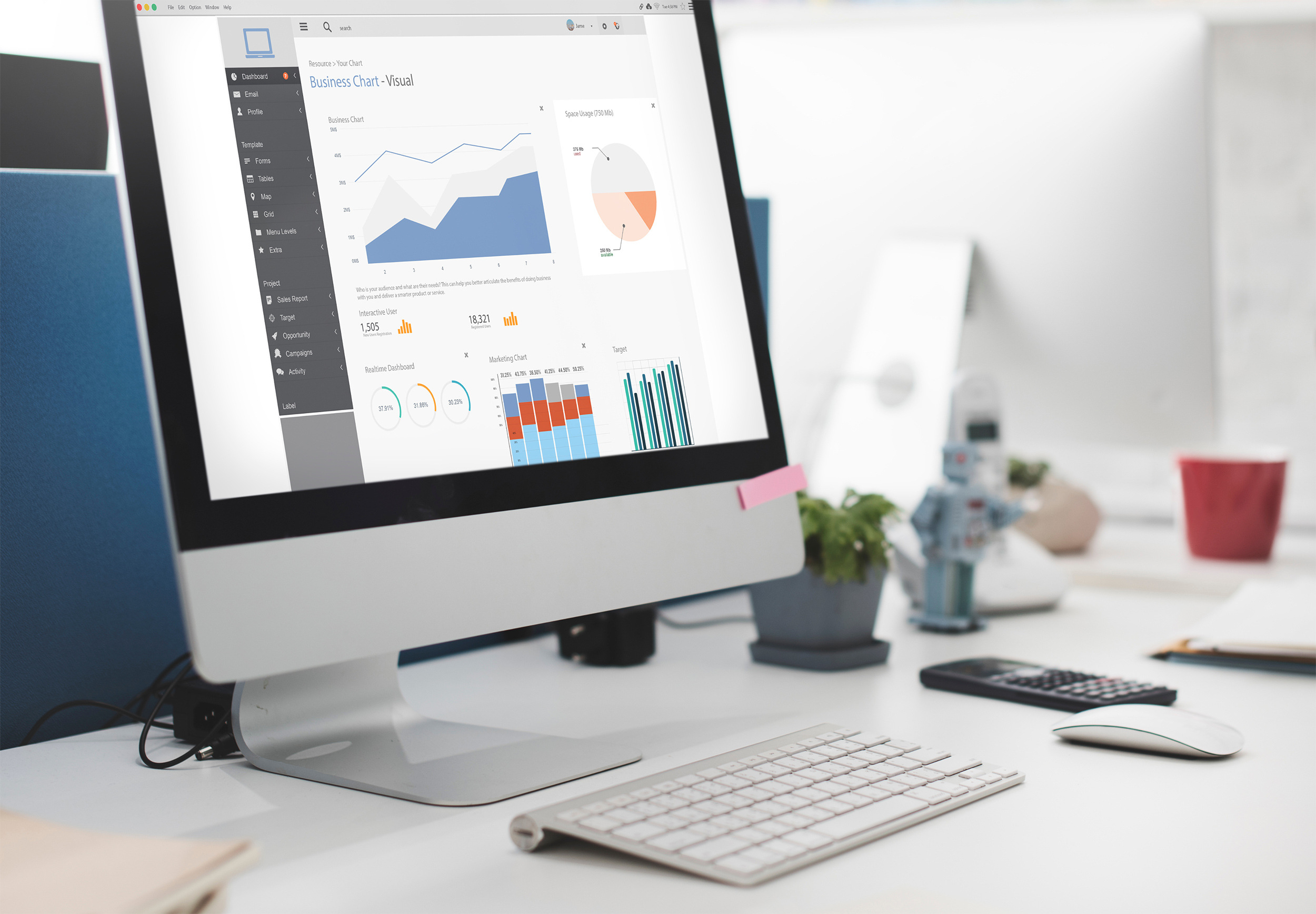3 min read
Gartner Declares HubSpot a Leader in 2025 - Here's Why That Matters for Sales & Marketing Leaders
TLDR: 🚀 Every year, Gartner’s Magic Quadrant delivers the industry’s most anticipated report card—and this year, HubSpot aced it. In the 2025 Magic...






.png)